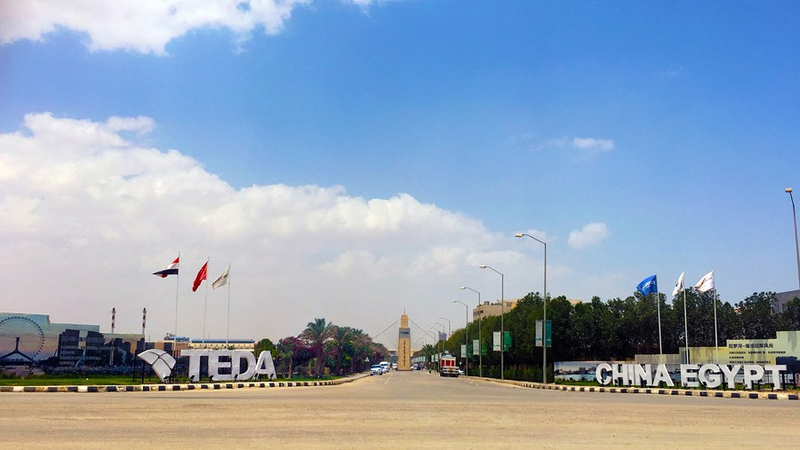The Belt and Road Initiative (BRI) is getting a tech-powered glow-up! 🚀 President Xi Jinping’s vision for BRI’s next phase focuses on scientific innovation and digital partnerships, aiming to bridge global tech gaps while boosting sustainable development. After celebrating its 10th anniversary, the mega-project is doubling down on AI labs, lunar research stations, and smart cities. 💡
⚙️ From Infrastructure to Innovation
Forget just roads and ports – BRI is now funding 100 joint labs across partner countries by 2028. Think Kenya’s crop biology lab fighting food insecurity, an Austria-China AI hub preventing landslides, and Egypt’s solar energy lab leveraging desert sunshine. Young scientists worldwide can also access training programs in China. 👩🔬
🌍 Closing the Digital Divide
With 5G networks and cross-border e-commerce projects, BRI aims to replicate China’s digital success in developing nations. Over 160 countries already collaborate with China on tech fields like advanced manufacturing and renewable energy. Pakistan and Azerbaijan are even joining China’s lunar research station project – moon bases by the 2030s? 🌕
🔍 The Bigger Picture
While patents with Singapore and Russia dominate current partnerships, China’s new BRI Basic Research Fund targets niche fields: Saudi Arabia’s oil tech, Israel’s biotech, and Russia’s aerospace research. As BRI shifts from ‘hardware’ to ‘software,’ it’s clear: the future of global development is powered by circuits, not just concrete.
Reference(s):
cgtn.com





